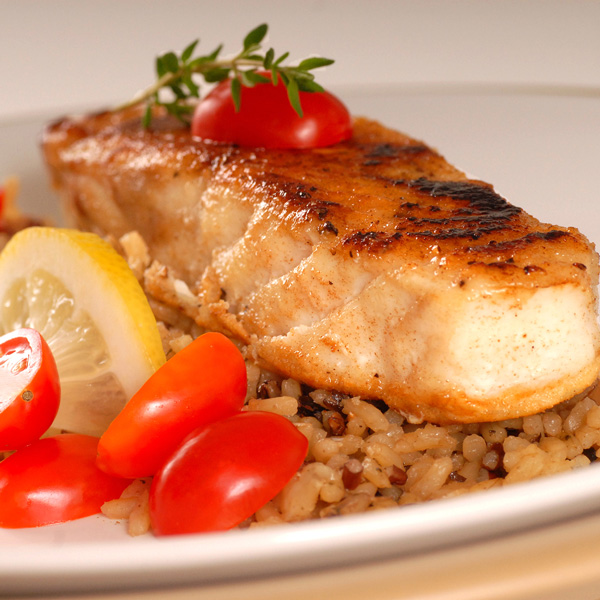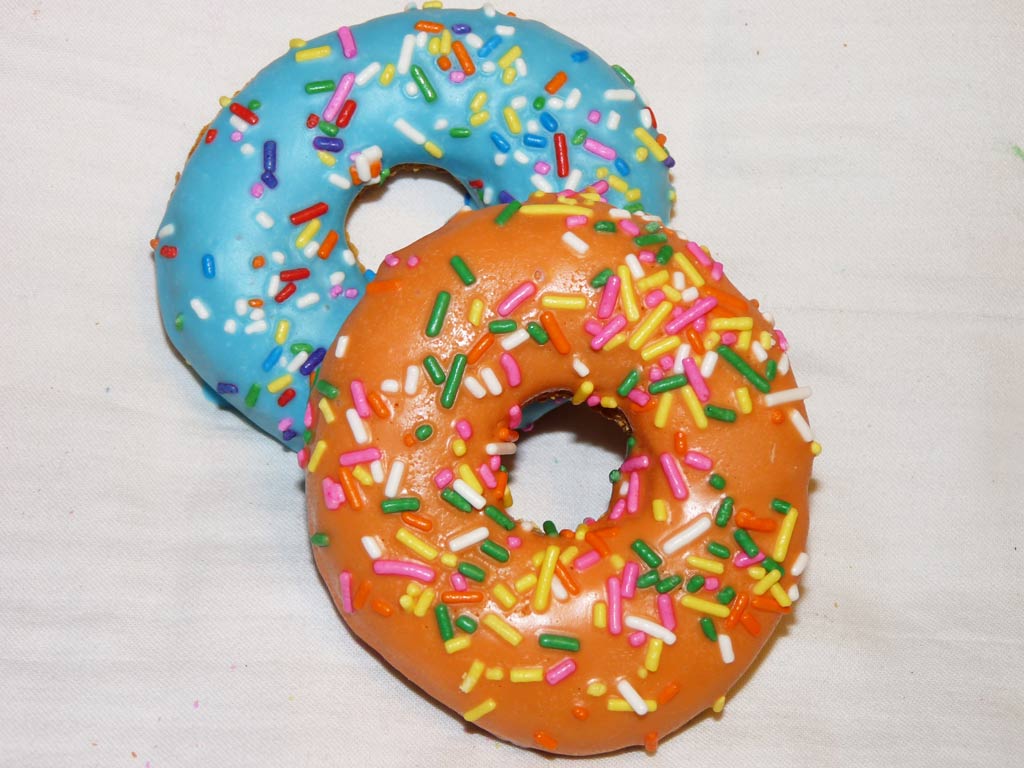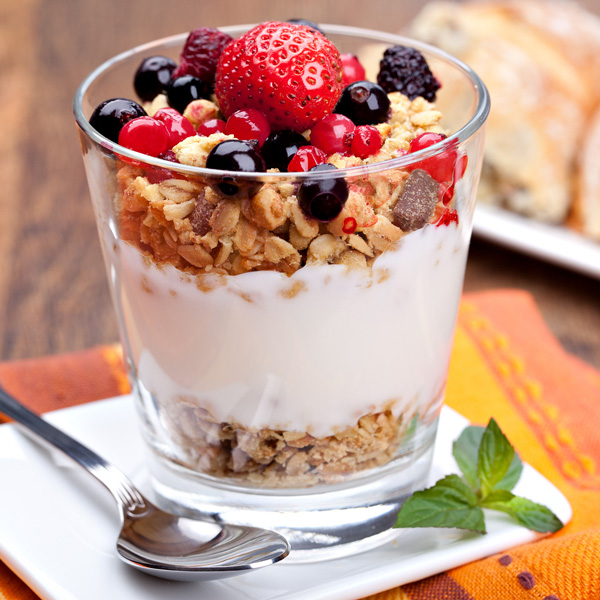10 Tips for a Healthy Breakfast Meal

It’s not uncommon to hear the phrase “breakfast is the most important meal of the day.” Eating in the morning is energizing, providing your body with the nutrients and vitamins it needs to start
the day.
Without beginning your day with a balanced meal, you could end up eating high-calorie snacks to hold you over until lunch or overeating at lunchtime due to the immense hunger.
That might be why studies show that people who eat breakfast are less likely to be overweight than their counterparts.
Not only does eating breakfast stave off obesity, it also improves concentration, enhance problem-solving skills, and increases hand-eye coordination. Without it, your body would be straining itself physically and mentally.
To start eating a healthier breakfast, here are 10 tips for a healthy breakfast meal to keep in mind.
1. Make sure you get your protein.
It’s important that you include protein for breakfast.
This can be found in a variety of options such as low-fat or non-fat diary, egg whites or egg substitutes, and soy products. Protein is digested at a slower rate than carbohydrates. If enough isn’t consumed, you risk becoming hungry much earlier on.
2. Next, get enough fiber.
It’s recommended for your fiber intake to be at least 5 grams for breakfast.
Fiber is found in fruit, vegetables, and whole grain products (100% whole wheat bread, bagels, etc.). Fiber also keeps you feeling fuller for longer, going hand-in-hand with protein.
3. Avoid the expensive coffee concoctions.
What I mean by this is avoid the drinks that are listed on the menus of your well known coffee stores. If you take a look at what’s include in the mix, there’s a lot of saturated fat and calories.
Instead of going all out on coffee, stick to a basic cup of coffee. Add a bit of low-fat milk and/or a small amount of sugar if plain coffee isn’t your thing.
4. Choose the whole fruit over the fruit juices.
Fruit juices contain additional ingredients other than the base fruit, causing blood sugar and insulin levels to rise. This also increases your appetite.
Instead of drinking juice, eat the fruit itself. As stated on tip number 2, fruit contains fiber, helping you decrease your appetite.
5. Have a little bit of fat in your meal.
Choosing low-fat and non-fat options saves calories, but starting your day without any fat can be a burden. You’ll feel hungry without it, so adding just a bit of fat will help.
For example, substitute a cup of non-fat greek yogurt for 2% greek yogurt. Adding nuts are another healthy choice to give you what you need.
6. Choose to eat at home.
Whether it’s at a sit-in or fast food restaurant, it’s better to prepare your food at home.
When you are dining elsewhere, you are not completely aware of what is going into your food. Breakfast choices at restaurants tend to be high in sodium, calories, and saturated fats. They also lack a lot of fiber.
7. Eat leaner breakfast meats.
Processed foods such as bacon and sausage are traditional items to include at breakfast. However, these are linked with the higher risks of heart disease, type 2 diabetes, and colorectal cancer.
Substitute these choices with leaner meats like turkey bacon and turkey sausage.
8. Make a smoothie for a quick meal.
Smoothies are a smart choice if you’re rushing out the door. Get a blender and throw in some fruit, yogurt, and other various ingredients to make your healthy meal portable.
With a little research online, you can find a lot of recipes for breakfast smoothies that are both delicious and nutritional.
9. Try lunch for breakfast.
Some of us aren’t into the common breakfast foods such as bacon and eggs. If you find yourself disinterested in breakfast items, eat what you would for lunch instead.
Lean meat sandwiched between two slices of 100% whole wheat bread is a good substitute. Add a bit of light mayo and vegetable toppings if desired.
10. Eat within 30 minutes after waking up.
The Commander Navy Installations Command states this will eating within this time frame will help stimulate your metabolism, giving you a head start to your morning.
The longer you wait to eat, the slower your metabolism rate will get. This is due to your body going into starvation mode after being without food for so long from sleeping.
I hope you found at least some of these tips helpful. If you have any you’d like to share, please comment below!









